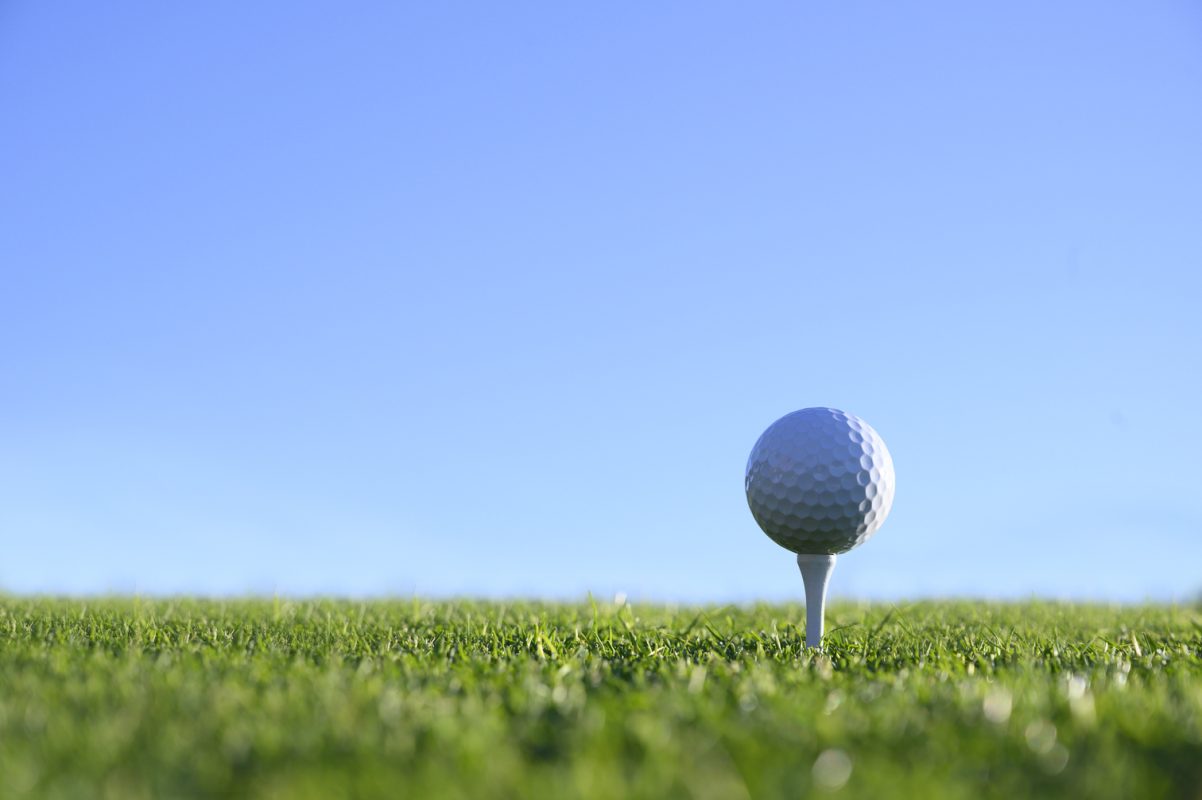One of the best secrets to playing successful golf is understanding the grass you’re playing on. Caddies often provide crucial information about the type of grass, the direction of the grain, and the moisture level-elements that can make a difference on every putt. Below is a quick guide to identify the most common types of grass and how to handle them.
Bermuda
Common in southern regions, Bermuda grass has a fibrous texture with fine leaves and a color that ranges from light to medium green. The direction of the grain directly influences the speed of the ball:
- If the grass shines, you’re playing with the grain, and the ball will be faster.
- If it looks dull, you’re playing against the grain, so you’ll need to increase the speed of your stroke.
Bentgrass
This type of grass is found in northern areas. It is characterized by its fine texture and narrow leaves that create a velvety surface. Unlike Bermuda, Bentgrass is slower and more receptive, making it easier to control the putt. It’s ideal for players who can read weather conditions and the grass’s reaction. Many consider it the best surface for well-executed putts.
Poa Annua
Common in cool and wet regions, such as the Midwest, Northeast, and West Coast, Poa Annua has a distinctive and clumpy appearance. This grass presents particular challenges in the spring when its seeds sprout, affecting the uniformity of the ground. To play on this type of grass:
- A firm contact is essential, as its uneven growth can deflect even the best strokes.
Conclusion
Understanding the grass you’re walking on is key to improving your performance on the green. Take time to observe its texture, color, and behavior to adjust your strategy. With this information and practice, your putts will have better results and more consistency.
Start putting these tips into practice on your next round!

